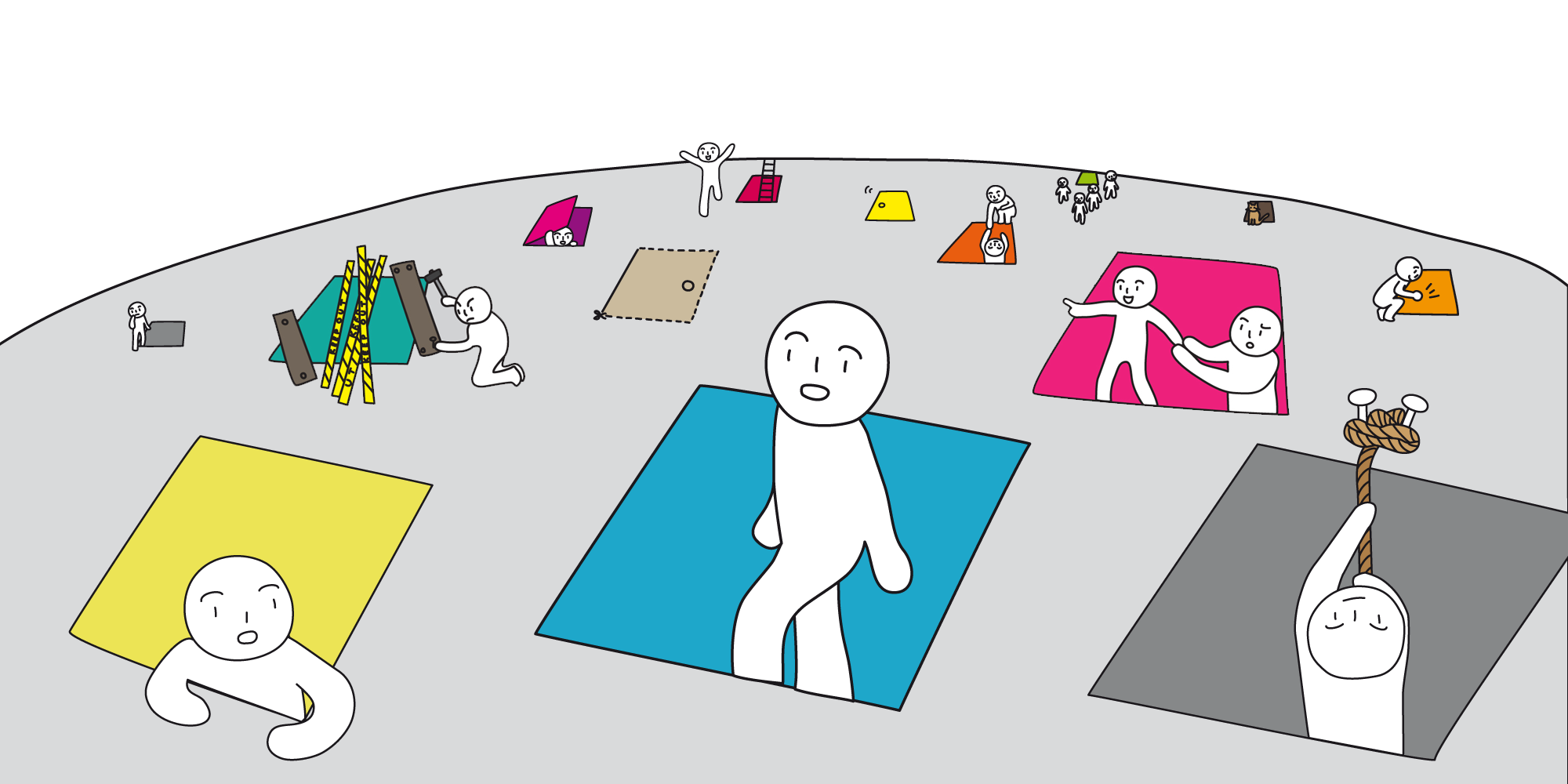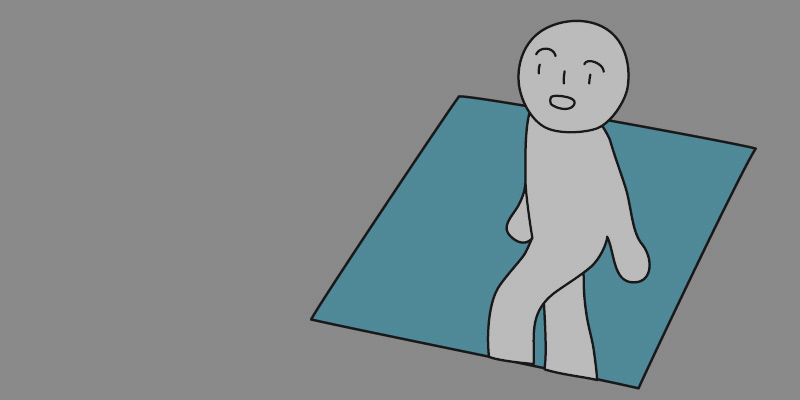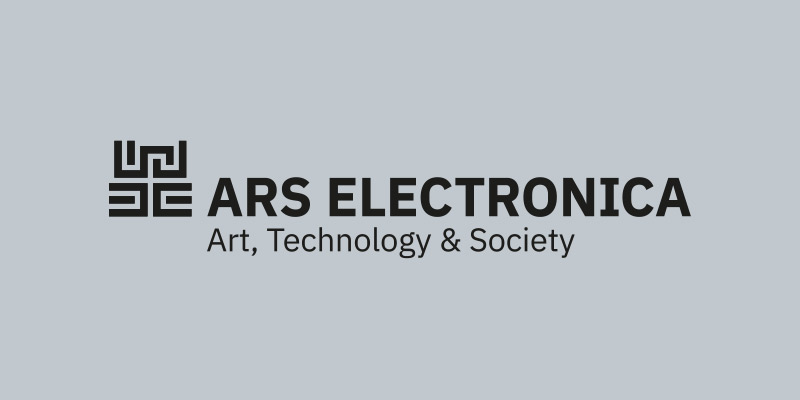Exhibitions, Projects

CAMPUS Exhibition
Every year since 2002, Ars Electronica and the University of Art and Design Linz have hosted an exhibition by artists associated with an international higher-education institution whose curriculum takes an innovative approach to teaching media art and media culture. Part of Campus’s mission is to enable the presentation of young, local media artists and their work with international exposure.
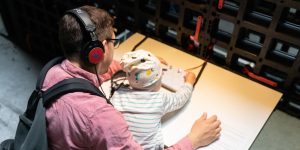
Tickle
The Center for Haptic Audio Interaction Research (CHAIR) (DE)
The Tickle is an acoustic interface for sound. It’s designed as the missing input device for physical modeling synthesis. Vibrations are captured on the surface and fed into digital resonators. It responds naturally to hitting or scratching, even bowing on the edge, making the interaction embodied, intuitive, and intimate.

Das ‘Smart’ Unheimliche // The Smart Uncanny
Carlos Orti Roig (ES)
This project explores our relationship with daily-use AI consumer electronic products. It challenges the design techniques used to make AI products more ‘reliable’ and ‘comfortable’ from the consumer’s point of view. Three AI products have been re-aestheticised from an unheimlich (uncanny) perspective. By making the audience experiment with the ‘Anti-Alexa Experience,’ this project aims to promote socio-technical knowledge and introduce critical thinking towards daily AI products and services.

The Messy Shape of Problems – Past, Present and Future Perspectives of Design
Academic Design Network Austria
Designers have to face an increasingly complex field of global challenges necessitating great sensitivity for relevant questions, adequate approaches and tools to develop sustainable solutions. How can design education convey the required skills and perspectives to cope with this dramatic rise in complexity? And how do technological advances shape the future of design?

Maschine, die auf Gott wartet
Hannes Waldschütz (DE)
The Maschine, die auf Gott wartet (“Machine that waits for God”) is part of a series of three “waiting machines.” They were activated in Bremen on October 24, 2007, at 6:07 p.m. From this point in time the three machines had been in operation, the Maschine, die auf Gott wartet is still waiting. It’s a microelectronic circuit, built and programmed in order to constantly inquire about the expected event: God must give a signal via a God sensor. An integrated backup power supply guarantees failure-free and uninterrupted functioning.
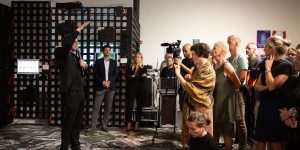
ARS and the CITY
A retrospective of the activity and impact of Ars Electronica in, with and for Linz: Ars Electronica’s art, media and participation projects in public space – from 1979 to the present day.

Queer.net
Archie Wang (CN)
Based on the background of queer culture and inspired by different art forms, Queer.net is an explorative interactive design project examining what a queer aesthetic interface might be. By letting the audience explore the interface, this project presents possibilities for what queer interfaces may look like and could express. Using a range of different digital media, this project sings a hymn to the queer aesthetics and pushes the boundaries of their applications.
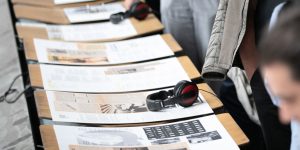
ARS on the WIRE
Long before the Internet began to attract widespread attention in the form of the WWW and before a young generation of artists began to critically examine the structures, peculiarities, and future possibilities of this new medium under the term “Net Art,” telecommunications art projects began to take place (from the late 1970s onwards) dealing with global networking. From the outset, Ars Electronica was a venue for this pioneering artistic work.
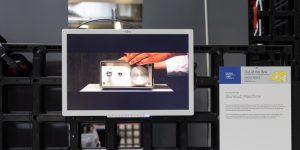
[burnout] Maschine
Max Kullmann (DE)
The [burnout] Maschine was designed to prevent individuals (who are part of an increasingly stressed society despite diminishing physical work) from burning out by taking on this exclusively human inadequacy. At the same time, the relationship between man and machine is questioned.

The Life of Crystals
Mónica Bate (CL)
Starting with the observation of piezoelectric crystals, the TLC project works at the crossroads of the natural and artificial, life and the machine, art and science. The experience aims to produce a poetic technogical re-purposing, where it can be seen as transformed natural matter for which humans play an evolutionary role.
